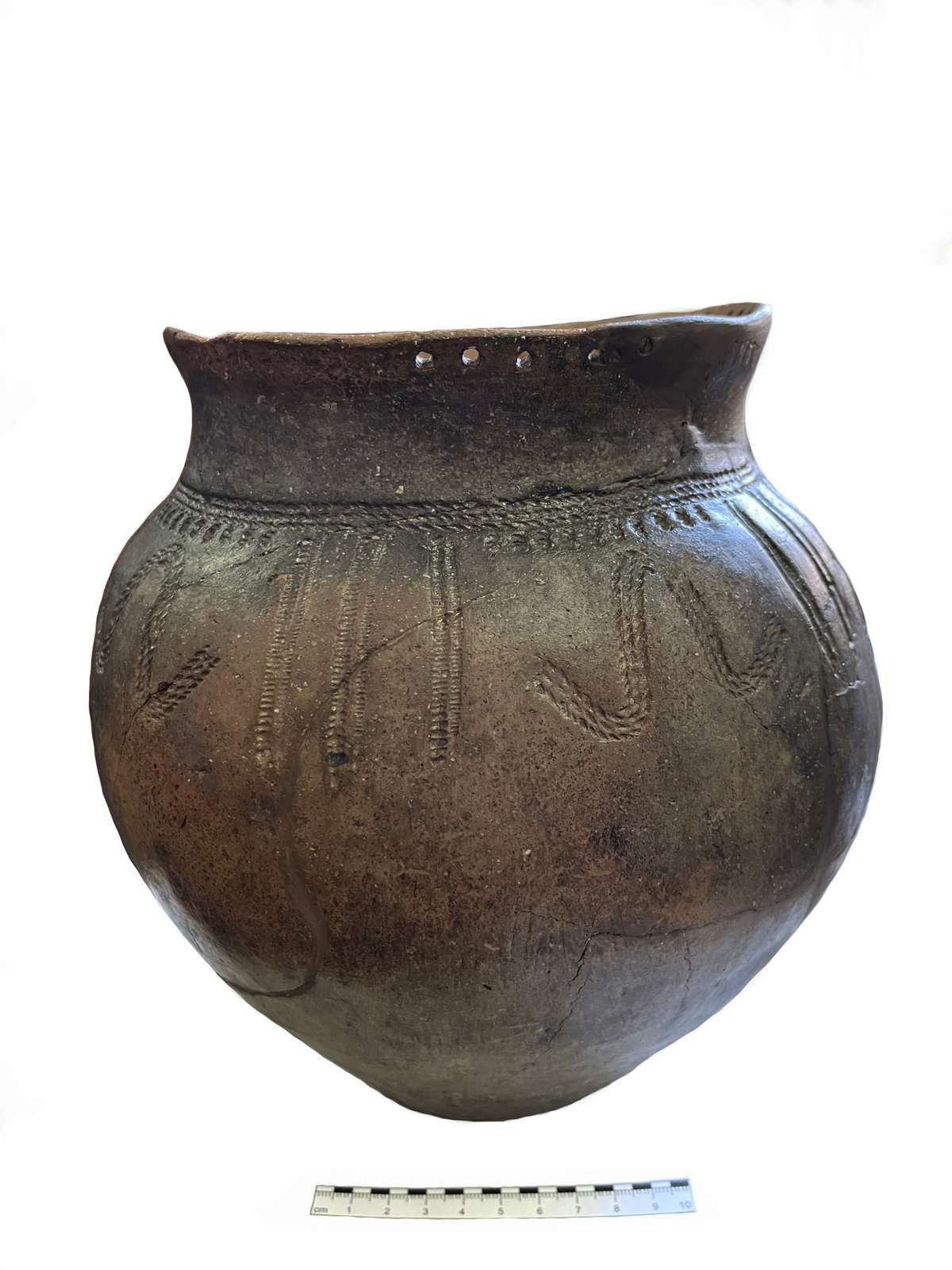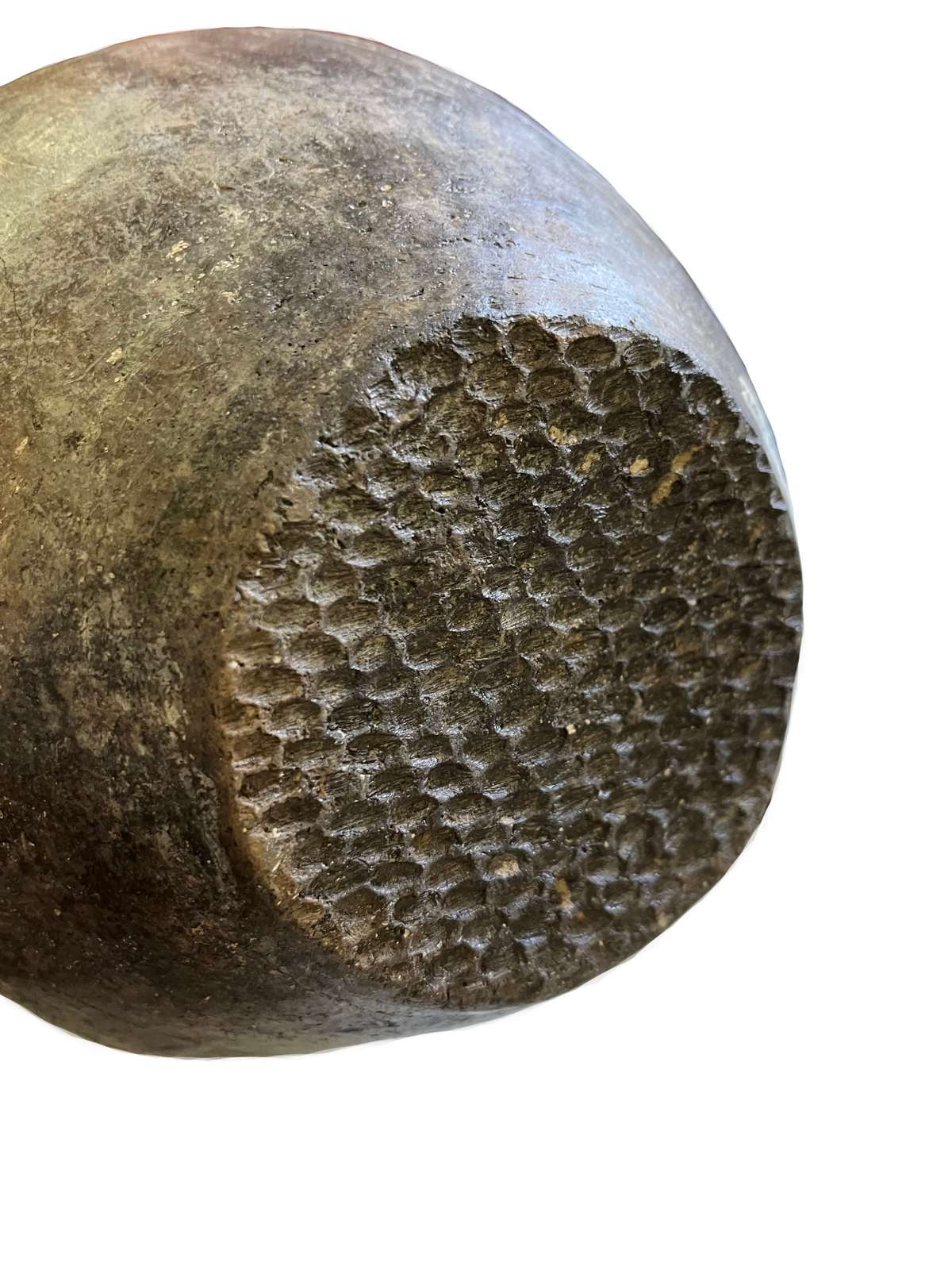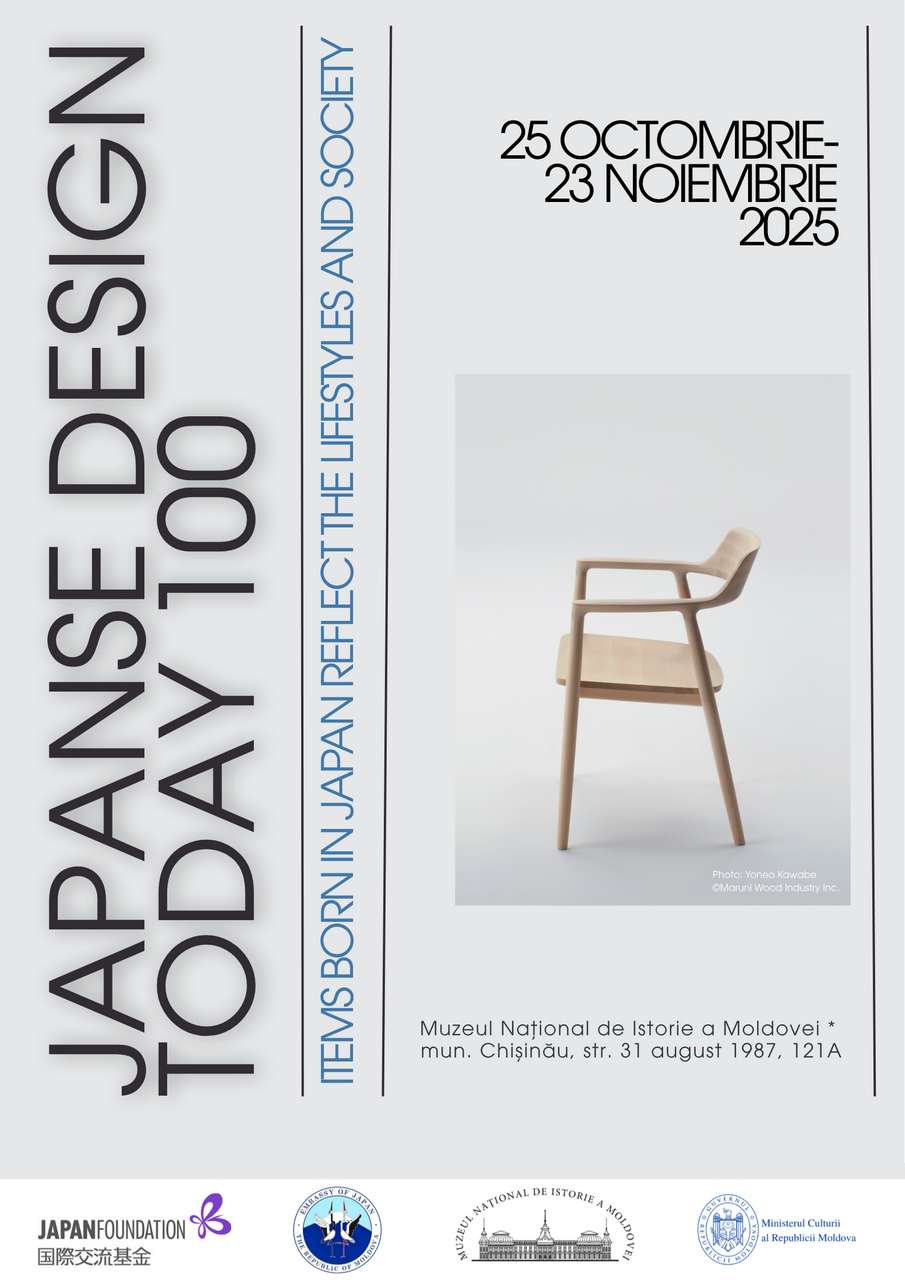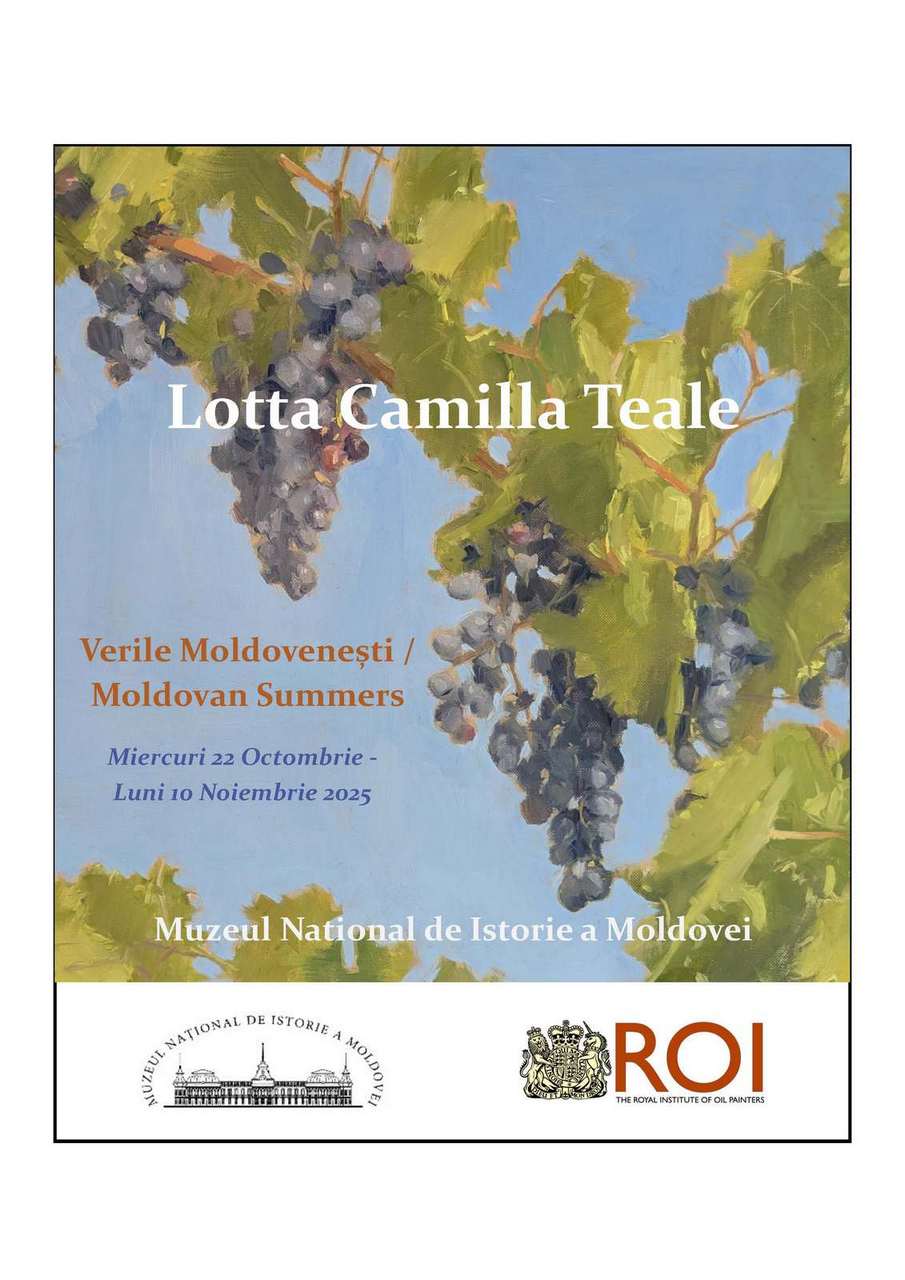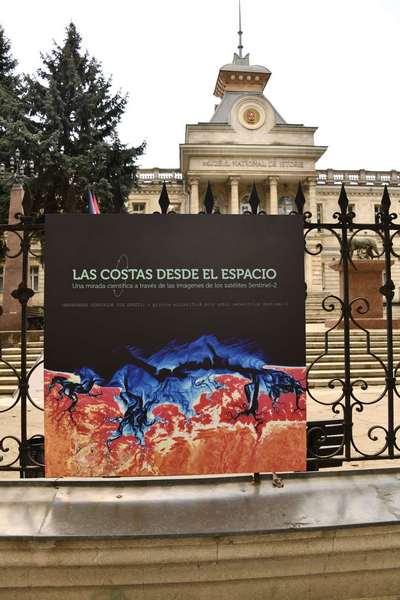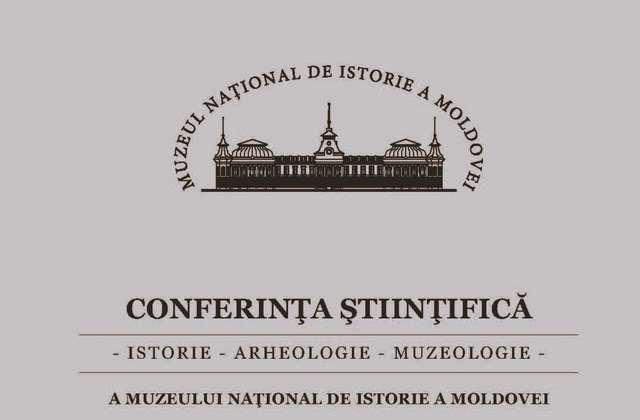  Events Archive Events Archive
Opening of the exhibition "Chisinau through time"
October 12, 2022
On October 12, at 16:00, at the National Museum of History of Moldova was opened the exhibition "Chisinau through time" by the fine artist and poet Galina Vieru. The exhibition "Chisinau through time" includes a series of works based on legends and realities, which reveal the white stone face of this city, indented and polished by time, through its people and centuries. The painting collection calls to knowledge and discovery, to openness and light, to new steps that will seek in the hum of this gigantic nest, its beauty and its charm. "I prepared this exhibition with a lot of dedication and with a lot of love. I painted the historic buildings, to emphasize their importance in the urban environment, their classical architectural beauty, to show in painting how they shine, how they influence us as residents of this city and to extend their life not only through painting, but also to inspire people to preserve these edifices, to fight for them, to continue to visit them and to emphasize their beauty always. I particularly like two works: the National Philharmonic and the Nativity Cathedral. Chisinau is my home. I've been here since I was 15. Here I found my purpose, love and started a family" said Galina Vieru. Elena Postică, deputy director of NMHM, mentioned that through this exhibition, the artist and poet Galina Vieru points out the beauty of this city, its charm and pulse, as a sign of gratitude and admiration for it. Just as every place in the world has a story, a history, so the thread of the city of Chisinau springs from a series of legends in which the truth and the mythical, the fantastic and the reality are interwoven. Inga Edu, the head of the painting section of the Union of Plastic Artists from Moldova, mentioned that Galina Vieru is an artist who loves her country, her native land and everything that is beautiful in our land, including the traditions from the villages that we also see in her works. The art critic Eleonora Sâdnic noted that Galina Vieru comes with a new perspective on reality, on life and is, as the late writer Nicolae Dabija said, "a poet in painting and a painter in poetry." The exhibition "Chisinau through time" can be seen on the ground floor of the National Museum of History of Moldova (Str. 31 August 1989 no. 121 A) from October 12 to November 30, 2022.
|
 31 August 1989 St., 121 A, MD 2012, Chisinau, Republic of Moldova
31 August 1989 St., 121 A, MD 2012, Chisinau, Republic of Moldova



